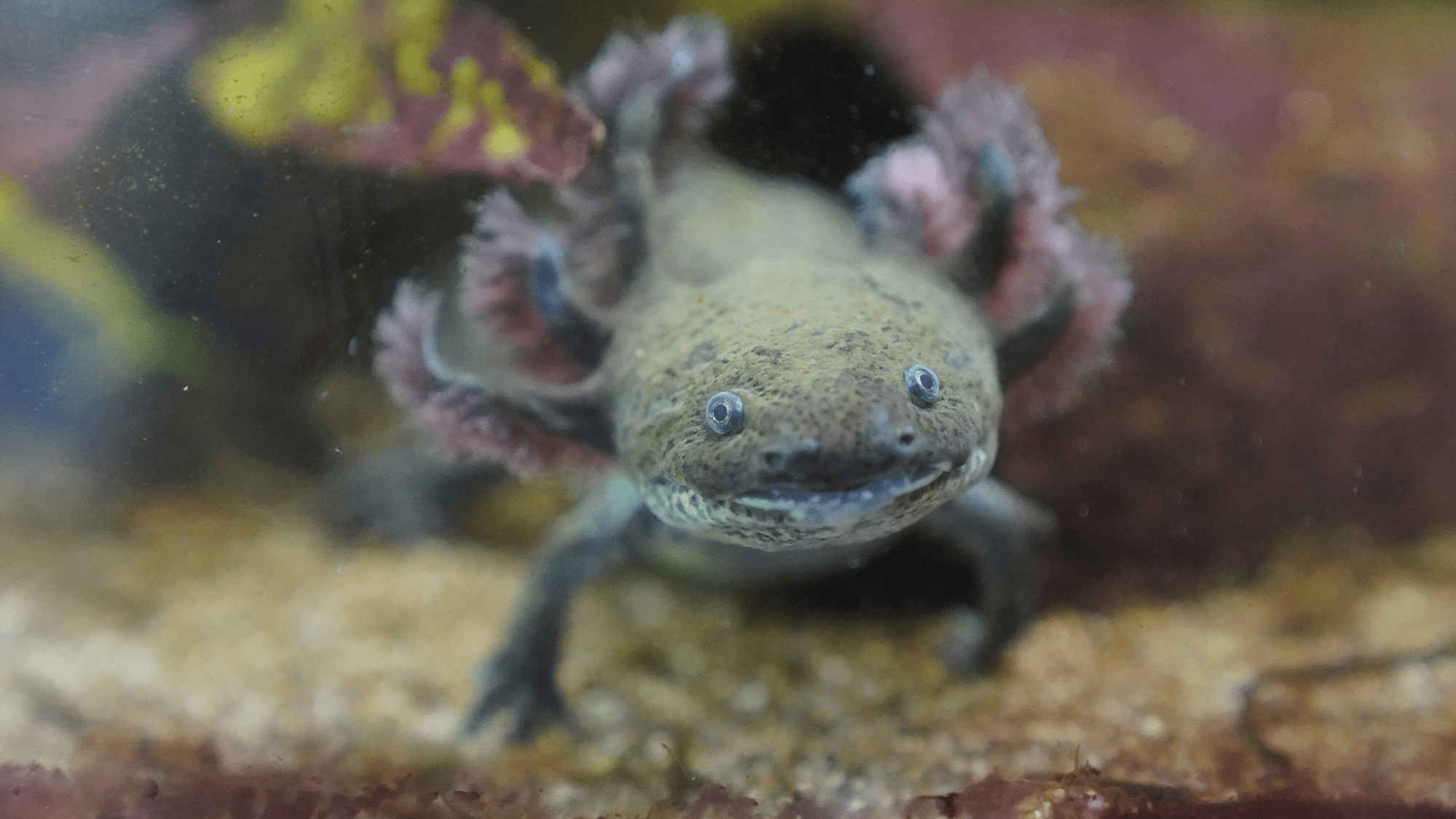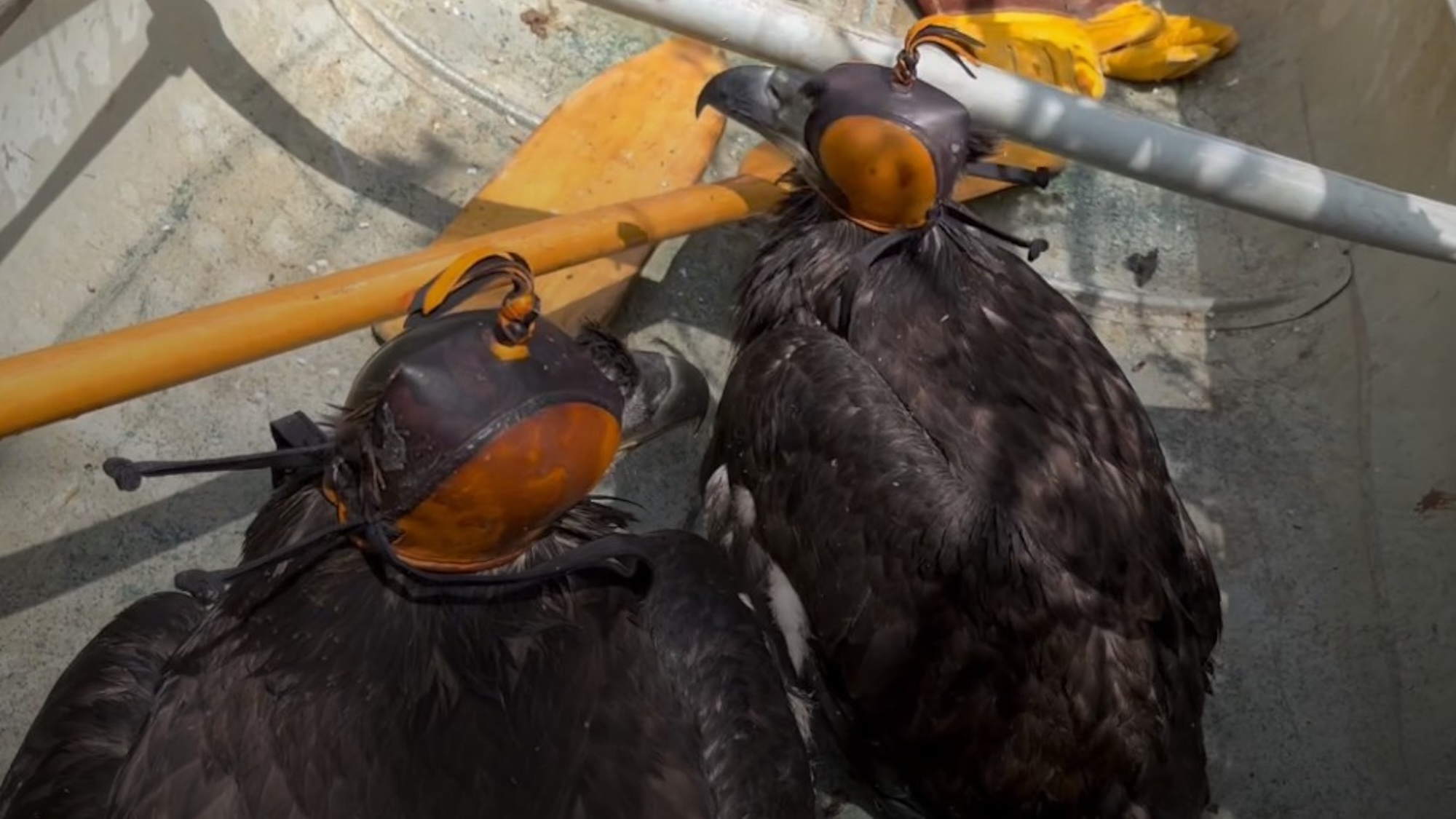Now Reading: Captive-Bred Axolotls Successfully Adapt to the Wild
-
01
Captive-Bred Axolotls Successfully Adapt to the Wild
Captive-Bred Axolotls Successfully Adapt to the Wild

swift Summary
- Axolotls (Ambystoma mexicanum), critically endangered amphibians, are native to Lake xochimilco in Mexico City and known for their unique aquatic lifestyle.
- A recent study published in PLOS One explored the survival of captive-bred axolotls released into restored and artificial wetlands in southern Mexico City.
- 18 axolotls (9 males,9 females) were tracked using VHF telemetry after being released into two distinct habitats: a restored area of Lake Xochimilco and La Cantera Oriente,an artificial wetland.
- results indicated accomplished adaptation as axolotls survived, foraged, and some gained weight post-release. Movement patterns varied with age and water temperatures. Older axolotls traveled shorter distances than younger ones at the restored lake.
- findings suggested artificial wetlands could mitigate habitat degradation impacts due to climate change while enabling conservation efforts for amphibians like axolotls.
- Researchers aim to study social interactions among axolotls further and understand temperature-prompted behavioral ecology.
Indian Opinion Analysis
The findings highlight a promising avenue for conserving species threatened by ecological degradation. Artificial wetlands serving as temporary refuges could provide critical support while natural habitats are restored. For india-home to numerous threatened amphibian species-it is worth noting how proactive conservation programs utilizing non-customary methods could contribute positively amidst climate-induced environmental stress.
Further parallels can be drawn with India’s own biodiversity restoration initiatives where balancing human activity near ecosystems remains challenging. Lessons from this study underscore that maintaining stable conditions in degraded areas may be vital before achieving long-term habitat protection goals globally.

























